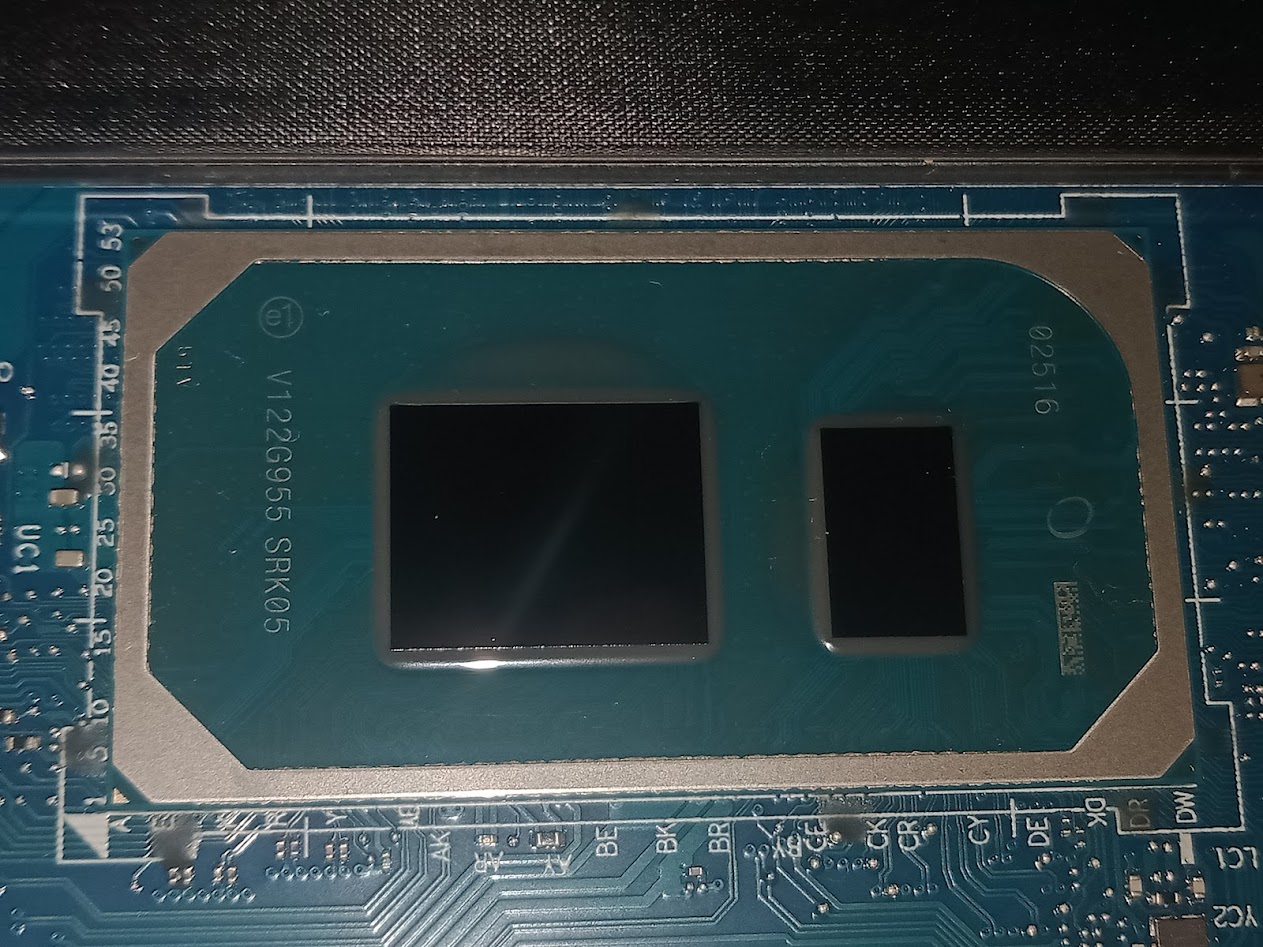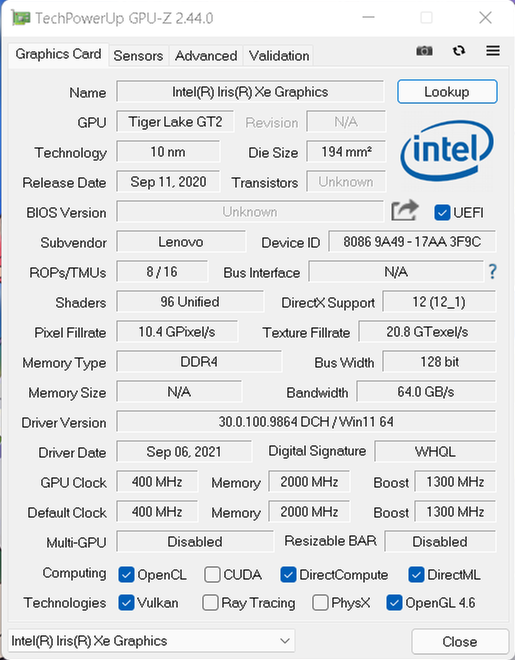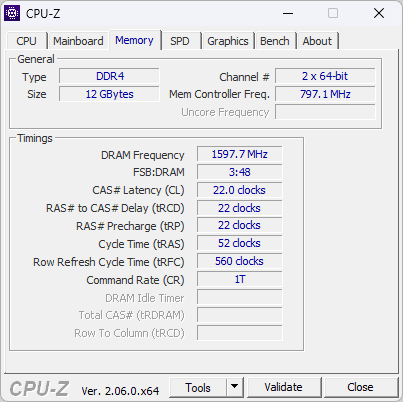Comparing: Micron 2210 MTFDHBA512QFD vs Intel Iris Xe Graphics (80EUs, Tiger Lake) [Disk]
In this comparison, we analyze two Disks: Micron 2210 MTFDHBA512QFD and Intel Iris Xe Graphics (80EUs, Tiger Lake) [Disk], using synthetic benchmark tests to evaluate their overall performance. This side-by-side comparison helps users understand which hardware delivers better value, speed, and efficiency based on standardized testing. Whether you're building a new system or upgrading an existing one, this benchmark-driven evaluation offers valuable insights to guide your decision.

Micron 2210 MTFDHBA512QFD
| Type: | Disks |
|---|---|
| Model: | Micron MTFDHBA512QFD |
| Capacity: | 512GB |
| Interface: | PCIe 3.0 x4 |

Intel Iris Xe Graphics (80EUs, Tiger Lake) [Disk]
| Type: | Disks |
|---|---|
| Model: | Intel Iris Xe Graphics (80EUs, Tiger Lake) [Disk] |
| Capacity: | 2GB |
| Interface: | DDR4 |
Specification Comparison Table
This specification comparison presents technical details of several devices or components to help you understand the key differences between each option. Use this table as a reference to determine which device best suits your needs.
| Specification | Micron 2210 MTFDHBA512QFD | Intel Iris Xe Graphics (80EUs, Tiger Lake) [Disk] |
|---|---|---|
| Brand | Micron | - |
| Format | SSD M.2 NVMe 2280 | VRAM Disk |
| Capacity | 512GB | 2GB |
| Interface | PCIe 3.0 x4 | DDR4 |
Submission Comparison Table
This submission comparison table displays the number and details of benchmark data submissions from various devices or components. This information helps you understand the performance based on the benchmarks that have been tested, as well as providing an overview of the consistency and popularity of the available benchmark results.
| No. | Benchmark Software | Micron 2210 MTFDHBA512QFD | Intel Iris Xe Graphics (80EUs, Tiger Lake) [Disk] |
|---|---|---|---|
| 1 | ATTO Disk Benchmark - 64M |
Read: 1490.00 MB/s Write: 943.78 MB/s |
Read: 2430.00 MB/s Write: 2450.00 MB/s |
| 2 | CrystalDiskMark |
Read: 2242.12 MB/s Write: 1148.16 MB/s |
Read: 2758.52 MB/s Write: 2109.43 MB/s |
Submission Comparison Chart
This chart visualizes the benchmark scores comparison between two hardware devices based on submitted data.
Media Gallery
A collection of photos of tested hardware. These images can help you identify the physical form, model, and variant of the hardware in question. These photos are from our own documentation, and if they are not available we may not be able to document them.
About Hardware Micron 2210 MTFDHBA512QFD
The Micron 2210 MTFDHBA512QFD is a 512GB capacity NVMe SSD that uses the PCIe Gen 3.0 x4 interface and utilizes QLC NAND flash, designed to provide the ideal combination of large capacity and affordability compared to TLC-based SSDs. One of the key components of this SSD's performance is the use of the Silicon Motion SM2263ENG controller, which is known for efficiently managing the high performance and low power consumption of QLC-based NVMe SSDs.
With this controller, the Micron 2210 is able to maximize the potential of QLC NAND while maintaining operational stability and efficiency. In tests using CrystalDiskMark, the SSD recorded speeds of up to 2242.12 MB/s read and 1148.16 MB/s write, while in AS-SSD Benchmark, the results were 1891.69 MB/s read and 629.64 MB/s write. This performance is perfectly sufficient for multitasking, fast system booting, and large file processing.
Testing was conducted on a Lenovo IdeaPad Slim 3i 14ITL6 device, with a 12GB DDR4 3200MHz Dual Channel (8+4) RAM configuration and running Windows 10 and Windows 11 22H2 operating systems. These test platforms are representative of modern systems that are compatible with the high performance these SSDs offer.
With its M.2 2280 form factor and support for technologies such as TRIM, S.M.A.R.T. and LDPC ECC, the Micron 2210 512GB is suitable for laptop and desktop users who want fast and efficient storage with sufficient endurance for daily workloads and light-medium productivity.
Device Test:
Device: Lenovo IdeaPad Slim 3i 14ITL6
RAM: 12GB DDR4 3200MHz Dual Channel (8+4)
OS: Windows 10, Windows 11 22H2
Friday, 06 August 2021 04:34:19 | Update: 1 month ago
About Hardware Intel Iris Xe Graphics (80EUs, Tiger Lake) [Disk]
Intel Iris Xe Graphics (80EUs, Tiger Lake) is the integrated graphics solution (iGPU) of the 11th generation of Intel Core processors, specifically the Tiger Lake series. With 80 Execution Units (EUs) and support for Intel's latest graphics architecture, Iris Xe is capable of delivering significantly better performance than previous generations, including in terms of lightweight graphics rendering, 4K video playback, and casual gaming. Another advantage is its excellent power efficiency as it is directly integrated in the CPU, making it ideal for thin and power-saving laptops.
In this test, Iris Xe Graphics was configured to utilize part of its shared memory as a VRAMDisk. The VRAMDisk concept allows the use of a portion of VRAM-which in iGPUs like Iris Xe comes from the main system RAM-as high-speed storage. While not as fast as physical RAM-based RAMDisks, VRAMDisks on iGPUs still offer very high read/write speeds, mainly due to the optimization of the graphics architecture and the wide memory bandwidth.
The test was conducted on a Lenovo IdeaPad Slim 3i 14ITL6, with an Intel Core i5-1135G7 processor, 12GB DDR4 3200MHz dual channel RAM, and Windows 11 22H2 operating system. Based on data from dxdiag, the dynamically available VRAM reaches 6GB, and in this test, 2GB was allocated as VRAMDisk using GPU RAM Drive software.
Benchmark results from CrystalDiskMark show read speeds of 2758.52 MB/s and write speeds of 2109.43 MB/s. These speeds are significantly higher than SATA SSDs and even close to mid-range NVMe SSDs, making VRAMDisks on iGPUs an attractive experimental solution for temporary data caching, storage performance testing or other specialized scenarios. With a 128-bit bus width and support for 3200MHz DDR4 memory, Iris Xe VRAMDisk shows that even integrated graphics can be creatively utilized for high-speed storage tasks.
Device test (testbed):
Device: Lenovo IdeaPad Slim 3i 14ITL6
CPU: i5 1135G7
RAM: 12GB DDR4 3200MHz Dual Channel (8+4)
OS: Windows 11 22H2
Friday, 06 August 2021 04:34:19 | Update: 1 month ago



